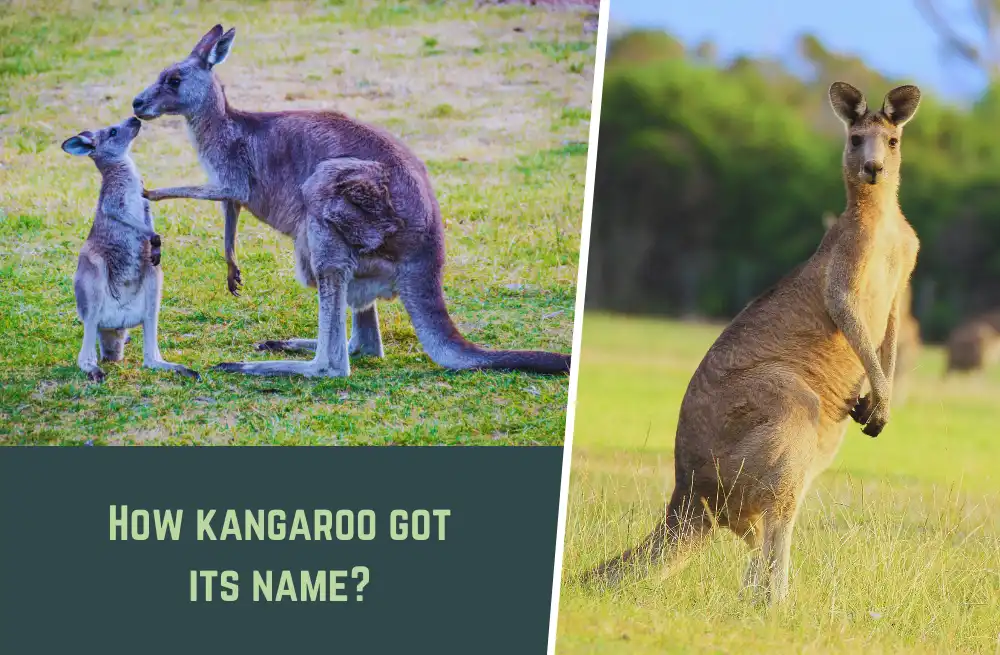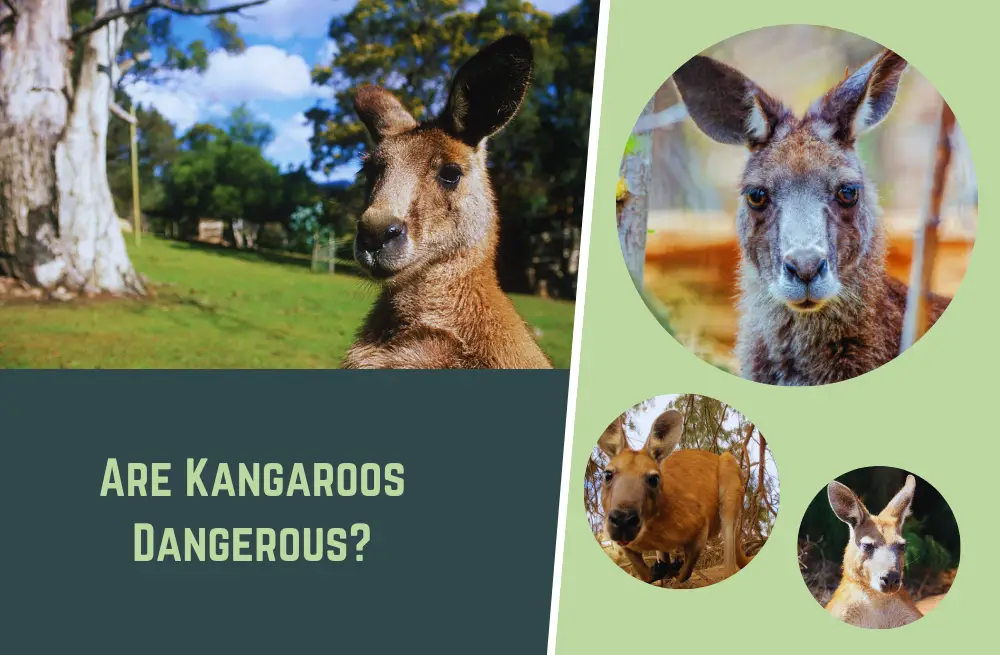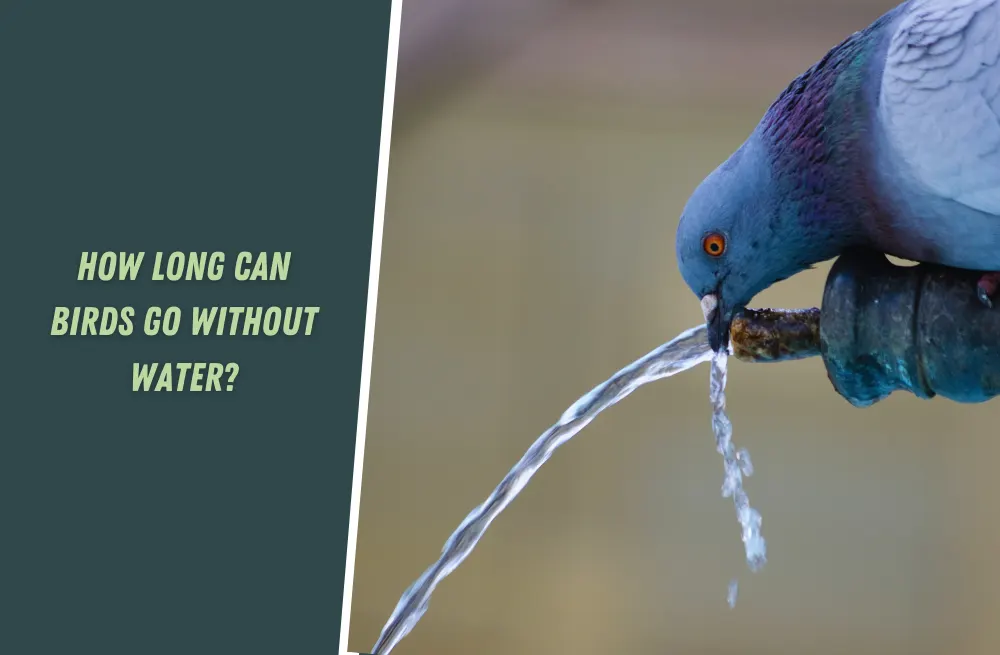Kangaroos, with their unique appearance and fascinating behaviors, have always intrigued us. As herbivorous creatures, they graze on a variety of plant materials to meet their nutritional needs.
But what about carrots? Are these vibrant orange vegetables a part of a kangaroo’s diet? Let’s explore the dietary preferences of kangaroos and discover if carrots play a role in their feeding habits.
Do Kangaroos Eat Carrots?
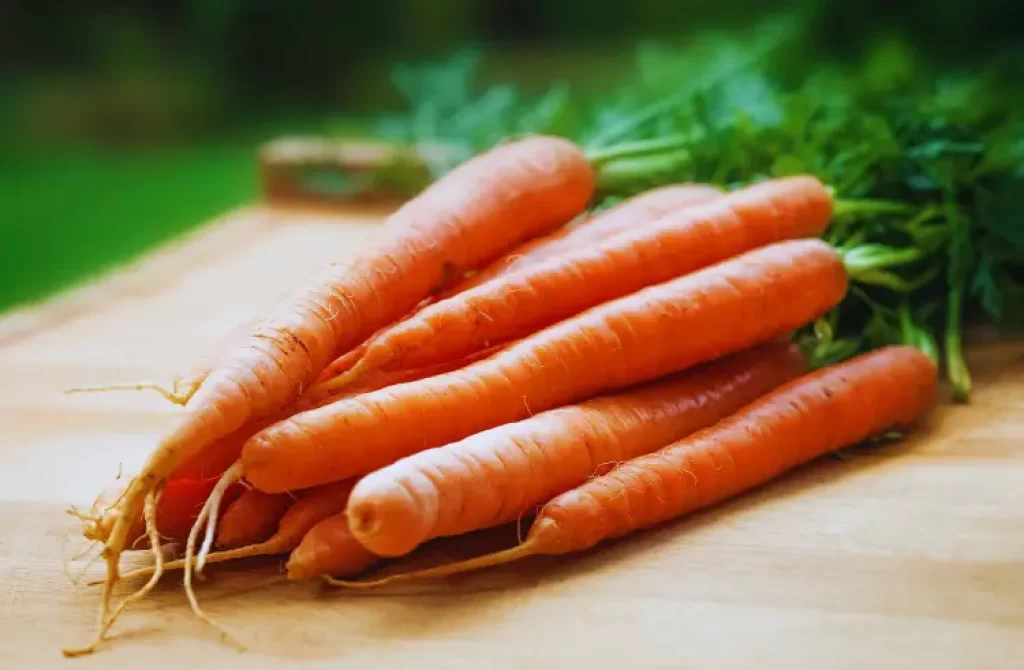
Understanding the Kangaroo Diet
To comprehend what kangaroos eat, it’s essential to recognize their natural feeding behavior. Kangaroos are predominantly grazers, meaning they consume grasses, herbs, and other vegetation found in their habitats. Their specialized digestive systems allow them to efficiently extract nutrients from fibrous plant material.
Primary Diet Components
The primary diet components of kangaroos include various grass species, leafy plants, and low-growing shrubs. They are adapted to thrive on a diet rich in fiber, which provides them with the necessary energy and nutrients to survive in their harsh environments.
Kangaroos are particularly fond of native grasses and herbs that are abundant in their native habitats.
Carrots in the Kangaroo Diet
While kangaroos have a diverse diet, carrots are not typically a part of their natural food sources. Carrots are not commonly found in the natural habitats of kangaroos, and they do not naturally occur in the regions where kangaroos reside. Therefore, it is unlikely that Kangaroos would encounter carrots in their natural foraging activities.
Feeding Adaptations
Kangaroos have evolved specific adaptations to extract maximum nutrition from their preferred vegetation. Their large, flat molars and powerful jaw muscles enable them to efficiently grind and break down tough plant materials.
Additionally, their complex gut microbiota aids in the digestion and fermentation of fibrous plant matter, allowing them to extract nutrients from their high-fiber diet.
Conservation and Feeding Practices
It is important to note that in their natural habitats, kangaroos have access to a diverse range of plant species, offering them a balanced and nutritious diet.
In situations where kangaroos are encountered in human-populated areas, it is essential to avoid feeding them non-native foods, including carrots or any other human-produced food items. Feeding kangaroos inappropriate foods can disrupt their natural feeding patterns and lead to health issues.
What do kangaroos eat?
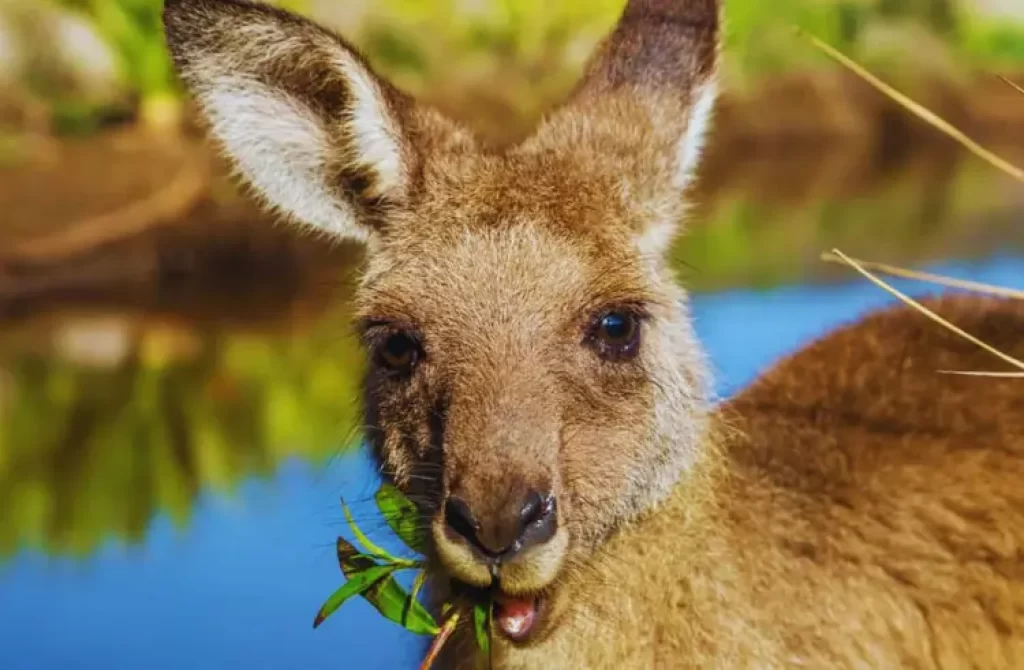
Kangaroos are herbivorous animals with a specialized diet primarily consisting of grasses, herbs, and low-growing shrubs. They are well adapted to extract nutrition from the plant material available in their native habitats. Here are some key components of a kangaroo’s diet:
- Grasses: Kangaroos graze on various grass species, which form a significant part of their diet. They consume a range of native grasses that are abundant in their habitats, providing them with essential nutrients and energy.
- Herbs: Kangaroos also feed on a variety of herbs, including leafy plants and small flowering species. These herbs contribute to their dietary diversity and help meet their nutritional requirements.
- Shrubs: Low-growing shrubs and bushes are another food source for kangaroos. They browse on the foliage and tender shoots of these plants, supplementing their diet with additional nutrients.
- Fruits and Seeds: While fruits and seeds are not a significant part of a kangaroo’s diet, some species may occasionally consume them when available. However, their primary reliance is on grasses, herbs, and shrubs.
- Water: Kangaroos have the ability to obtain moisture from the vegetation they consume, and they can survive without drinking water for extended periods. However, they will drink water when it is accessible, especially during dry periods.
You might also find interesting: How do Kangaroos Protect Themselves from Predators?
How much do kangaroos eat per day?
Kangaroos have unique energy requirements compared to other mammals of similar size. Due to their specialized digestive system and the relatively low nutrient value of their herbivorous diet, kangaroos require only about 50 – 70% of the energy that would be needed by comparably sized mammals.
For medium-sized kangaroos, it is estimated that they need around 500 – 600 grams (1.1 – 1.32 pounds) of food per day to meet their energy needs. This amount can vary depending on factors such as the individual’s size, age, and activity level, as well as the availability and quality of the food sources in their habitat.
Because the vegetation that kangaroos primarily consume, such as grasses, herbs, and shrubs, has a relatively low nutrient content, they must spend a significant portion of their active time foraging. Foraging allows them to obtain sufficient quantities of food to compensate for its lower nutritional value.
Kangaroos have adapted to this grazing lifestyle and have specialized teeth and jaws that are well-suited for efficiently processing and extracting nutrients from fibrous plant material.
By spending a considerable amount of time grazing and foraging, kangaroos are able to obtain the necessary energy and nutrients from their diet. This grazing behavior also helps shape their social dynamics, as kangaroos often gather in groups while feeding.
You might also like: Here’s everything you need to know about the giant Red Kangaroo
How many times a day does a kangaroo eat?
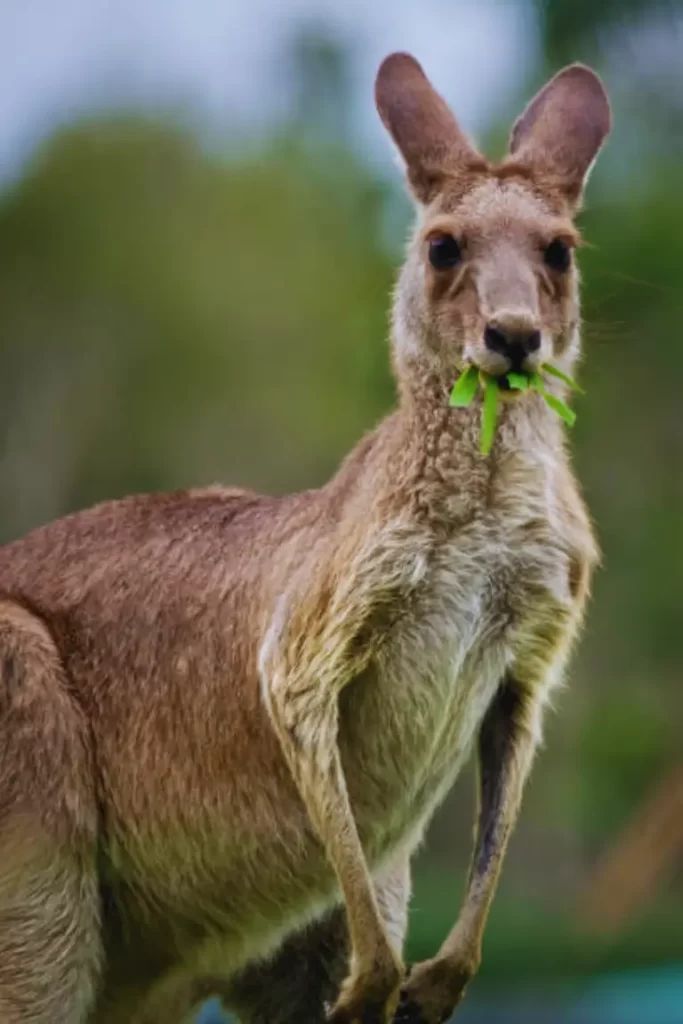
Kangaroos typically have a feeding pattern that involves multiple feeding sessions throughout the day. The exact number of times a kangaroo eats can vary depending on factors such as the availability of food, the individual’s age, and its activity level. However, on average, kangaroos may engage in feeding activities 5 to 6 times a day.
These feeding sessions are typically spread out across the day and may occur during the early morning, late morning, afternoon, and evening.
Kangaroos are known to be crepuscular animals, meaning they are most active during dawn and dusk. During these times, they often engage in feeding and foraging activities.
Kangaroos have a relatively low-nutrient herbivorous diet, which requires them to consume large quantities of vegetation to meet their nutritional needs.
Due to the lower nutrient value of their food, they need to spend a significant amount of time foraging and grazing to obtain enough nutrients and energy. This grazing behavior also helps them efficiently process and digest the fibrous plant material.
Note: The feeding behavior of kangaroos can be influenced by various factors, including environmental conditions and the availability of food sources. In times of drought or scarcity, kangaroos may adjust their feeding patterns accordingly.
What is a kangaroo favorite food?
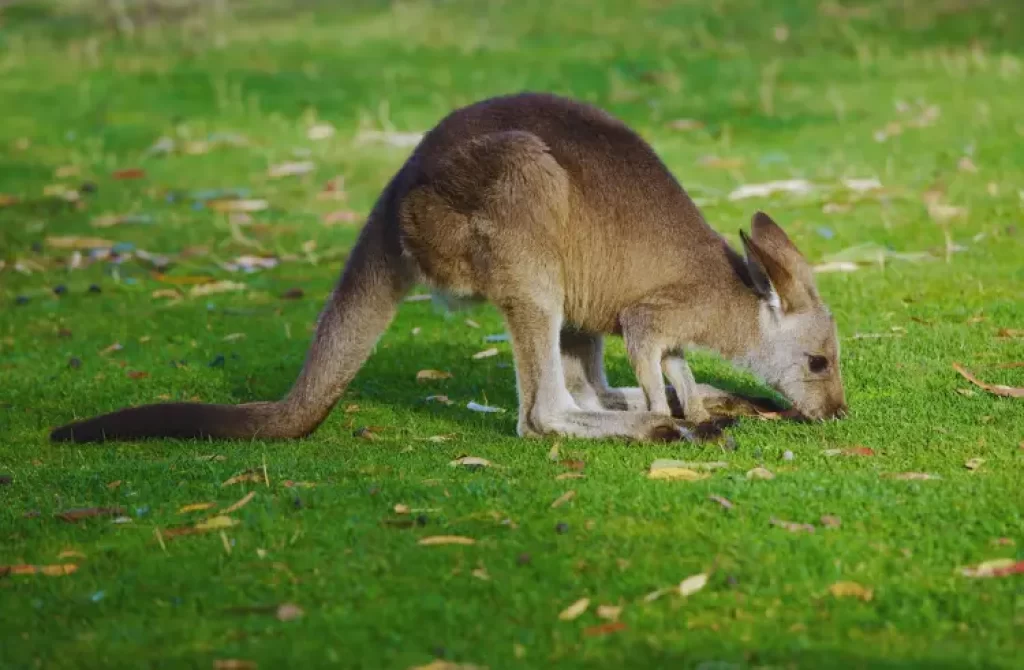
Kangaroos have a preference for grasses as their favorite food. Grasses provide them with the necessary nutrients and energy they need to thrive.
However, kangaroos also consume other vegetation such as herbs, shrubs, leaves, and fruits. Their diet can vary based on their geographic location and the seasonal availability of food.
Kangaroos are selective feeders and can adjust their diet to optimize their nutrient intake. Overall, their diet is diverse and includes a variety of plant species to meet their nutritional needs.
Can kangaroos eat meat?
Kangaroos are strict herbivores and do not eat meat as part of their natural diet. Their digestive system and physiological adaptations are specifically designed to process and extract nutrients from plant-based foods.
Their teeth are adapted for grinding and chewing fibrous vegetation, and their stomachs have specialized compartments to aid in the breakdown of cellulose found in plant cell walls.
While kangaroos primarily consume grasses, herbs, leaves, and other plant materials, there have been rare instances of kangaroos exhibiting unusual behaviors such as scavenging or consuming small amounts of animal protein.
These instances are typically associated with specific circumstances such as food scarcity or limited availability of suitable vegetation.
In some cases, kangaroos may consume small invertebrates, such as insects, as they forage on grasses or vegetation. However, this incidental ingestion of insects is considered more of an opportunistic occurrence rather than a deliberate inclusion of meat in their diet.
Note: Kangaroos highly efficient herbivorous adaptations make them well-suited for thriving on a diet rich in vegetation and not reliant on consuming meat.
Conclusion
While kangaroos have a specialized diet primarily consisting of grasses, herbs, and shrubs, carrots are not a typical part of their natural food sources. These remarkable marsupials are well adapted to extract nutrition from their preferred vegetation found in their native habitats. To ensure their well-being, it is crucial to respect their natural diet and refrain from feeding them non-native or human-produced foods.
So, if you ever encounter a kangaroo in the wild or in a conservation area, admire their beauty and observe their natural behaviors, but remember to let them follow their natural feeding habits and enjoy the diverse plant life that sustains them in their unique ecosystems.
For more fascinating insights into the world of kangaroos and other wildlife, continue exploring our website to deepen your understanding and appreciation of these remarkable creatures and their extraordinary adaptations.

